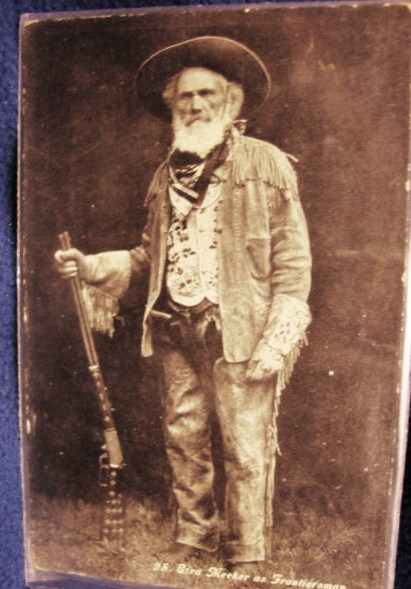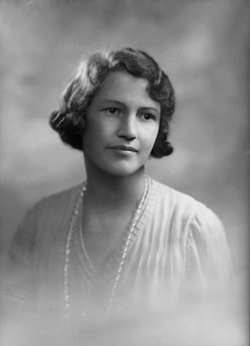Ezra Manning Meeker
This is a photo of Ezra Manning Meeker added by Jesse Dean Williams on September 5, 2020.
Date & Place:
Not specified or unknown.


 Jesse Dean Williams
Jesse Dean Williams 




